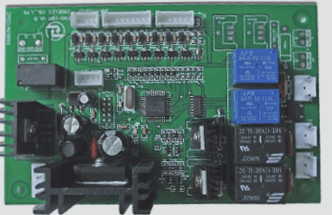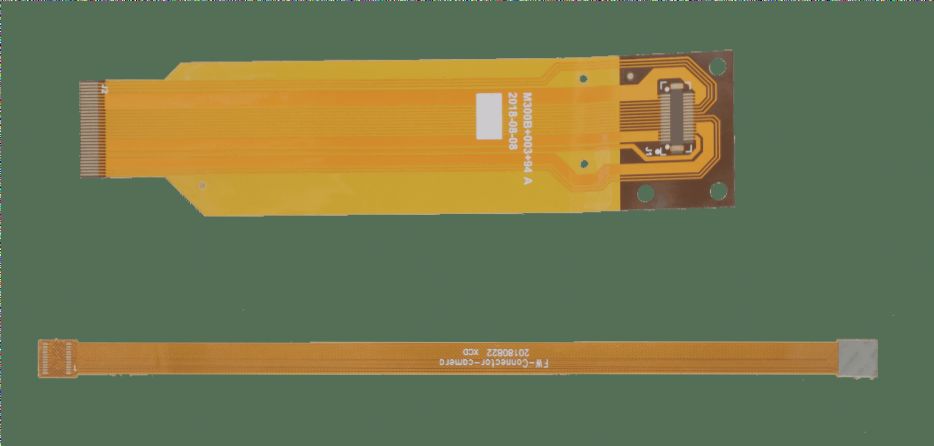2. The surface of the substrate is equipped with a flexible FPC light bar.
3. The flexible FPC light bar includes a connection for an external power supply.
4. A white positive terminal is used to connect to the white negative terminal of the external power supply.
5. This terminal connects the serial module line of the positive and negative terminals, as well as the white light source and the warm light source.
6. The invention features a substrate, a flexible FPC light bar, a white light positive terminal, a white light negative terminal, a series module line, a white light source, and a warm light source.
7. Positive and negative alternating currents are input through the positive and negative electrodes.
8. The power driver connects to the positive and negative poles on the circuit board respectively.
9. This setup enables two-wire color changing, dimming, and white light functionality on the circuit board.
10. The A lamp B can be adjusted and balanced, with sectional light control, addressing the issue of three-wire input in existing power drivers.
11. The installation process is straightforward and reduces manufacturing costs.
12. An LED is an electrical device used to transmit, distribute, and modify the light distribution of a light source, including all components necessary to secure and protect the light source (excluding the light source itself) and the wiring accessories needed for connection to the power source.

1. Especially in recent years, these lights have been used in various settings or adorned with festive decorations.
2. With the widespread adoption of LEDs, LED lamps are popular due to their energy efficiency, long lifespan, and attractive aesthetics.
3. This is a crucial component of the lamp. The circuit board enables miniaturized and intuitive circuit design, which is vital for mass production and optimizing electrical layouts.
4. To achieve color-changing and dimming functions with two rows of standard lamp PCB circuit boards, the power driver requires three input lines. Consequently, the lamp cannot be controlled in segments, making the installation process complex and costly.
5. To address this issue, the present invention offers the following technical solutions: a new type of color light LED circuit board, comprising a substrate and a flexible FPC light bar mounted on the substrate’s surface.
6. The flexible FPC light bar includes connections for an external power source, with a positive terminal for the positive pole, a negative terminal for the negative pole, serial module lines connecting the terminals, and both white and warm light sources.
7. The white positive terminal, white negative terminal, serial module line, white light source, and warm light source are connected to the LED application module, where the white light source can be a single or segmented strip arranged to form at least one row of monochromatic lamp beads for soft and uniform illumination.
8. In a module that is adjustable or maintains its color and brightness, the warm light source consists of a string or a combination of multiple colored light strips arranged in at least one row to ensure a consistent and even light distribution.
9. The substrate is made of metal.
10. Specifically, the metal substrate is aluminum.
11. Components soldered between the circuit board and the white light source are fixed to the heat sink’s mounting surface using rolling, bonding, or screws.
12. The substrate has a round shape.
13. Compared to prior art, the present invention offers the following advantages:
14. The invention employs a substrate, a flexible FPC light bar, a white light positive terminal, a white light negative terminal, a series module line, a white light source, and a warm light source. Positive and negative alternating currents are input through the positive and negative electrodes.
15. The power driver connects to these terminals on the circuit board, enabling two-wire color changes, dimming, and white light functionalities.
16. The lamp’s A and B settings can be adjusted and balanced, allowing segment control of the light, thus resolving the issue of the three-wire input required by existing power drivers. This results in a simplified installation process and reduced manufacturing costs.




